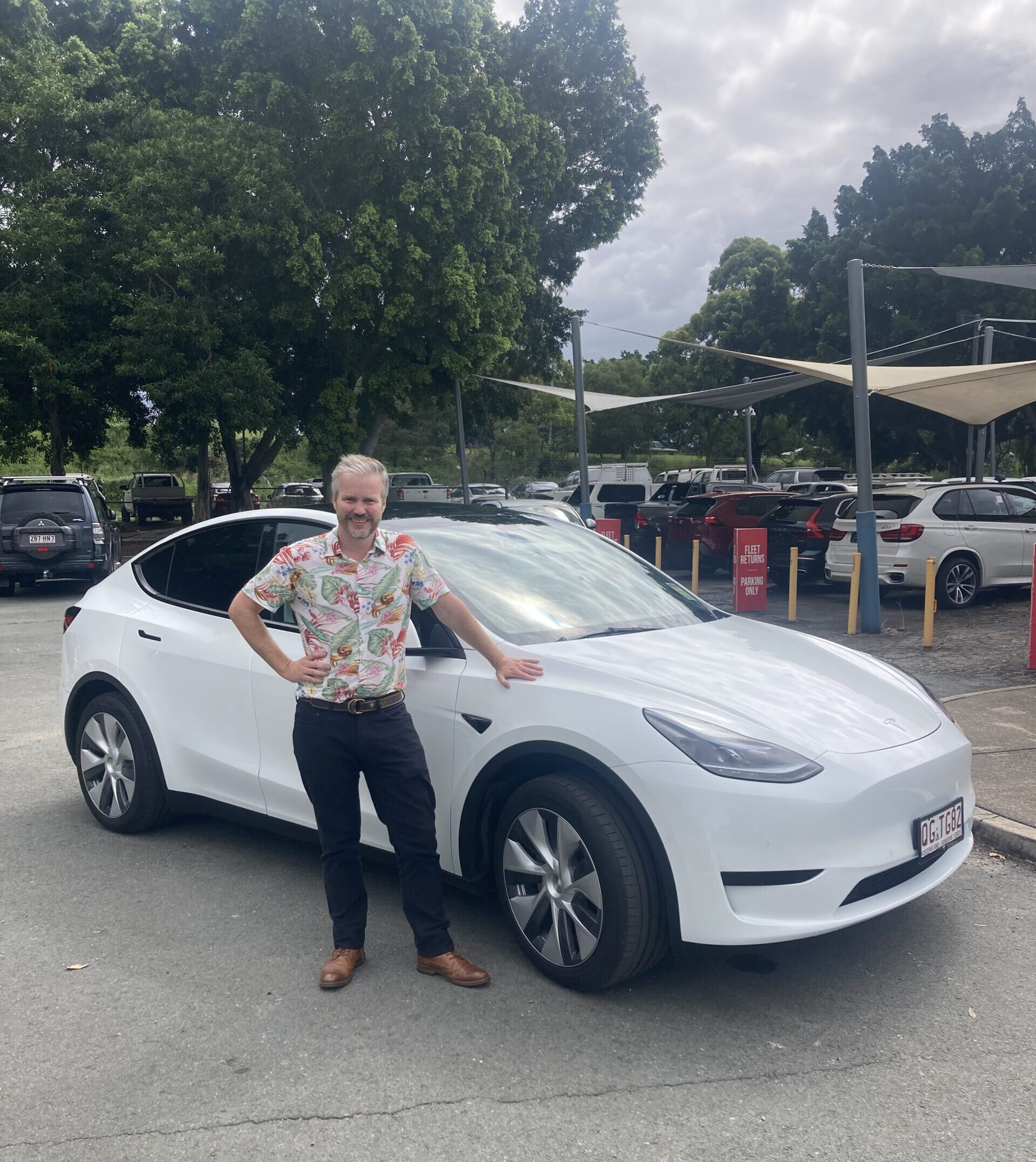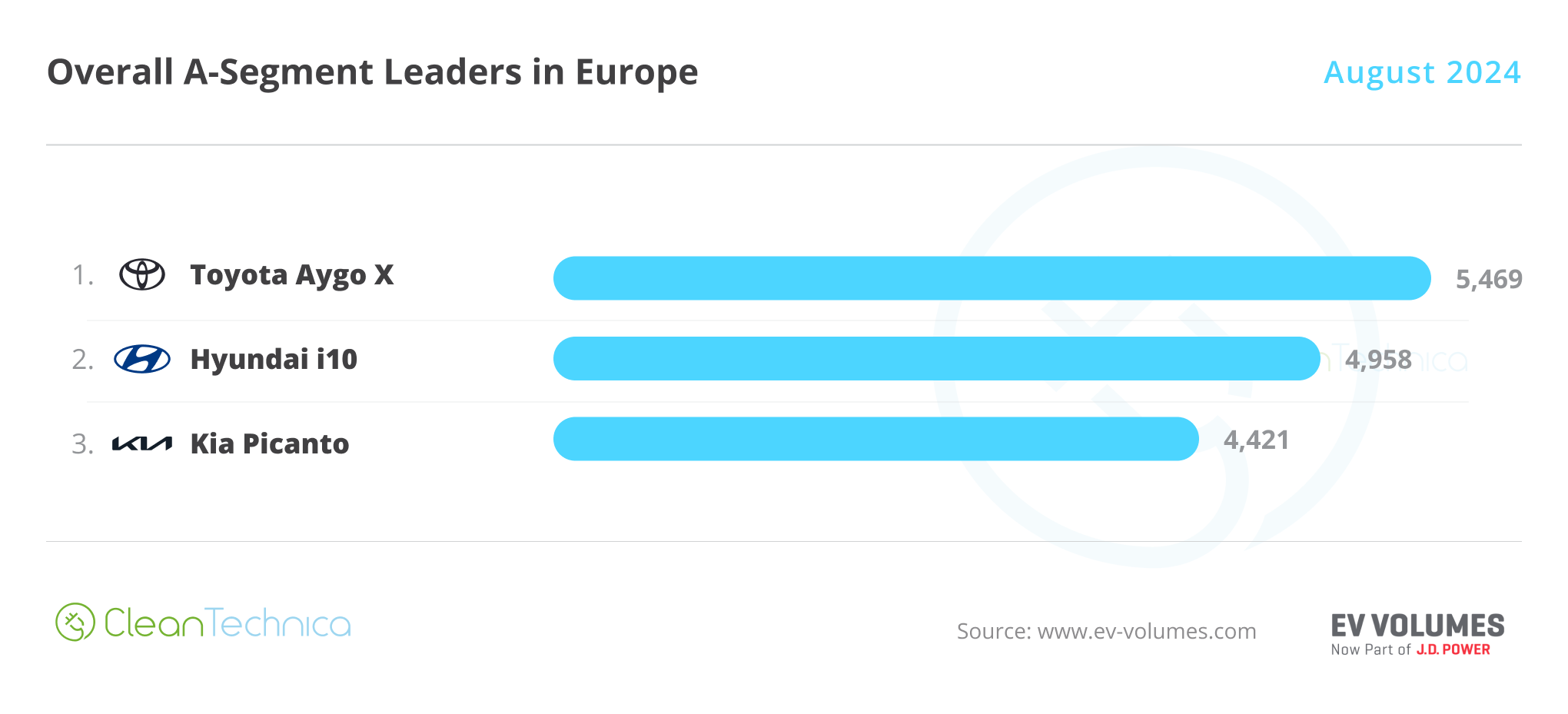Sign up for daily news updates from CleanTechnica on email. Or follow us on Google News!
In a continent bathed in sunshine and rich in natural resources, it is good to see that solar-powered mini grids and desalination are making steady progress. And we need this progress as we head into “the new abnormal” that was predicted by Michael Mann two decades ago. We echo his encouragement and say it is game on for Africa.
Mann’s recent recap in The Guardian warns us: “We have failed to prevent dangerous climate change. It is here. What remains to be seen is just how bad we’re willing to let it get. A window of opportunity remains for averting a catastrophic 1.5°C/2.7°F warming of the planet, beyond which we’ll see far worse consequences than anything we’ve seen so far. But that window is closing and we’re not making enough progress.”
Africa is slowly changing course with the help of the rest of the world. In each news item below, financing and technology are being supplied by more advanced nations. Here are some positive stories from the resources of Afrik21. You can read previous positive stories here and here. Yes, you will need your map as you see how it is game on for Africa.
Solar Water Desalination in Kenya
Let’s take a look first at some life-changing projects in Mombasa, Eastern Kenya. Residents in Mshomoroni, in Mombasa County, are benefitting from a solar-powered, containerised, desalination system provided by GivePower of San Francisco. It has already installed 4 systems in Eastern Kenya.
GivePower is building on earlier work in Kenya — see the video here:
The Likoni solar water farm shown in the video was installed in 2020. Since then, it has desalinated seawater 24 hours a day. The farm consists of a water purification system installed in a 20-foot container, capable of supplying 70 m³ of water a day. Small businesses supplying and selling water have sprung up around the water farm, health has improved, and local families no longer have to spend twice their rent on imported water from surrounding villages.
The new Mshomoroni facility has a capacity of 75 m³ per day. “As well as removing salt, viruses and bacteria, this system will eliminate other contaminants, including fluoride, creating a reliable and affordable source of drinking water for communities in need,” says GivePower. The system is powered by solar and backed up with a battery for cloudy weather and night use.
GivePower expects the Mshomoroni containerised system will be able to operate for up to 20 years. “Ensuring access to safe, reliable and affordable water remains one of the most important and challenging issues facing humanity today. We are very grateful to Abdullswamad Sheriff Nassir, the County Governor of Mombasa, and ServiceNow for their partnership in making this project possible,” said Michele Magee, GivePower’s President.
Solar Electricity for Burundi
Burundi, a landlocked country in sub-Saharan central Africa, is one of the worst performers on the continent for electrification. Amped, based in San Mateo, California, plans to spend one million dollars to electrify 3000 rural homes using funding provided by Burundi’s Electrification Financing Initiative (EDFI) ElectriFI. Although the solar home systems to be installed by Amped may be a drop in the bucket, it is a good step forward in the fight to change our course towards catastrophic climate change while helping more people get electricity.
Burundi is bordered on the north by Rwanda, to the east by Tanzania, to the west by Congo, and on the south by Lake Tanganyika. It has been a free kingdom, then a German colony, then a Belgian colony, and then it regained its independence from colonists in 1962. Recent history has been plagued by political instability. It is one of the smallest countries in Africa and yet the most densely populated, with a birth rate over 30%. Only 10% of the 13 million residents of Burundi have access to electricity. The rate is even lower in rural areas (1.6%), where the vast majority of the population live.
This East African country “has been neglected by the commercial investment community for many years, mainly due to large deficits and foreign exchange shortages. Yet the electricity needs of the local population are immense. Against this backdrop, we are delighted to have found in Amped a commercial partner willing to bridge this energy gap,” says Lionel Dieu, Senior Investment Officer at EDFI ElectriFI.
Bifacial Solar Panels for Cameroon
In Cameroon, on the west coast of Africa, two “Release” hybrid solar power stations from Norwegian company Scatec have been officially inaugurated. Although described by Afrik21 as “large scale,” the combined output of the solar farms is only 36 MW, combined with 20 MW of battery storage. The facilities have been in service in the far north Maroua and Guider regions for several months and are now complete.
“The two plants are equipped with more than 44,800 bifacial solar panels mounted on trackers, ‘which will maximise energy production throughout the day. The plants will produce 80 GWh of electricity a year. We’re proud to say that our fight against climate change will be obvious, as the plants will make a significant contribution to reducing CO2 emissions, with an estimated saving of almost 60,000 tonnes a year,’ says Scatec.”
Scatec describes itself as: “a leading renewable energy solutions provider, accelerating access to reliable and affordable clean energy in high growth markets. As a long-term player, we develop, build, own and operate renewable energy plants, with 4.4 GW in operation and under construction across four continents today.”
“The Release by Scatec pre-assembled solar power and battery storage system is a unique solution and the first of its kind to be deployed in Cameroon,” Scatec writes. Scatec plans to further strengthen electricity supply in Cameroon by adding more capacity. The northern parts of Cameroon have been subject to power disruptions in the past due to hydrological problems at the Lagdo Dam.
“These solar power plants mean that the thermal power plants previously used to boost production in this part of the country will be shut down, generating budget savings for the State,” explains Cameroon’s Minister of Water and Energy. The solar plants were partially financed by the BGFI (Banque Gabonaise et Française Internationale) bank based in Libreville, Gabon. Electricity produced is supplied to Cameroon’s public electricity utility, Eneo, which is majority owned by British investment company Actis.
Solar Rising
Positive stories like these remind us that we can all do our part to minimize climate change as we work together towards our uncertain future. I will conclude with some more words from Michael Mann from the same Guardian article: “We cannot afford to give in to despair. Better to channel our energy into action, as there’s so much work to be done to prevent this crisis from escalating into a catastrophe. If the extremes of this summer fill you with fears of imminent and inevitable climate collapse, remember, it’s not game over. It’s game on.”
Featured image courtesy of GivePower
Have a tip for CleanTechnica? Want to advertise? Want to suggest a guest for our CleanTech Talk podcast? Contact us here.
EV Obsession Daily!
I don’t like paywalls. You don’t like paywalls. Who likes paywalls? Here at CleanTechnica, we implemented a limited paywall for a while, but it always felt wrong — and it was always tough to decide what we should put behind there. In theory, your most exclusive and best content goes behind a paywall. But then fewer people read it!! So, we’ve decided to completely nix paywalls here at CleanTechnica. But…
Thank you!
Tesla Sales in 2023, 2024, and 2030
CleanTechnica uses affiliate links. See our policy here.




